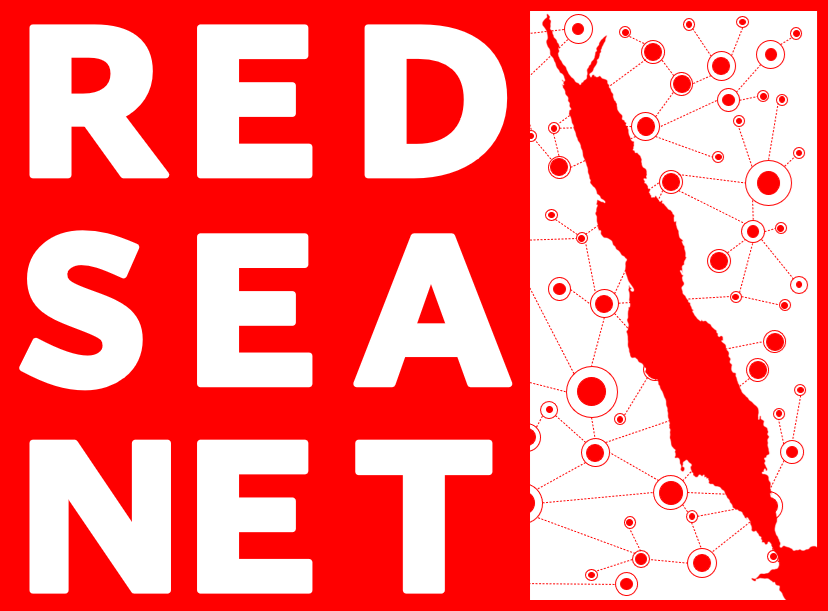Djibouti
The Republic of Djibouti is a small country of about 23,200 km located at the junction of the Red Sea and the Gulf of Aden.[1] Its geographical position gives it a key strategic value.[2] Extremely arid,[3] 80% of its economy is based on services.[4] Djibouti is therefore highly vulnerable to the global economic context.
Djibouti is home to a modest population of around 1 million (962,451 in 2020), but it is growing fast.[5] The 1983 general census showed a population of 273,974 for the country as a whole. Since then, the population has grown by more than 700,000.[6] The rate of growth is well over 3% per year. This high rate of growth is partly due to immigration from neighboring countries.[7] Natural disasters, especially the recurrent droughts that affect the region, send some of the affected populations of other countries in the region to Djibouti.[8] These effects, which can be attributed at least in part to climate change, are likely to intensify in the future. The imbalance in the labor market accounts for the high unemployment rate, estimated at 29.2% of the working population, and as high as 66% for young people under 35.[9]
Djibouti is also heavily impacted by climate change directly. Average annual temperatures have risen by 2°C (from 29.5°C to 31.5°C) since 1960.[10] At the same time, the volume of rainfall has fallen, especially over the last 20 years.[11] The combination of higher temperatures and less rainfall is exacerbating water stress.[12] Despite being a low emitter of greenhouse gasses, the country is committed to reducing its carbon footprint by 50% by 2030.[13] As part of the country’s energy transition, most of its electricity consumption comes from renewable sources, thanks in part to imports of hydroelectric power from Ethiopia.[14] With the establishment of wind farms, solar farms and geothermal units, the country expects to have 100% renewable electricity in the near future.[15] Djibouti still faces two challenges. The first is to ensure the transition to electric transportation. For the time being, all mobility and goods transport is provided by diesel vehicles, which are often old and have a negative impact not only on the climate but also on the health of the population.[16] The second challenge, just as thorny, is the chaotic management of waste. Tonnes of household waste are burnt in the open air to the south of the main town, which seriously contributes to air pollution challenges.[17]
Relative Survey Population Sizes for the Perceptions Survey. Map created by Moustapha Nour-Ayeh.
[1] “Djibouti,” in The World Factbook (Central Intelligence Agency, March 18, 2024), https://www.cia.gov/the-world-factbook/countries/djibouti/.
[2] Grace Easterly, “From Imperial Port City to Logistics Hub: The Production of Strategic Space in Djibouti (1859–2020),” Crossroads 19, no. 1 (January 20, 2021): 74–98, https://doi.org/10.1163/26662523-12340009.
[3] “Djibouti: Climate Change Overview > Country Summary,” Climate Change Knowledge Portal (Washington, D.C.: World Bank Group, 2022), https://climateknowledgeportal.worldbank.org/country/djibouti.
[4] “Economic Transformation in Djibouti,” Systematic Country Diagnostic (Washington, D.C.: World Bank Group, October 2018), https://documents1.worldbank.org/curated/en/437351549918326165/pdf/djibouti-scd-english-version-final-approved-vlogo-02062019-636852600790519539.pdf.
[5] “Population Growth (Annual %) - Djibouti” (Derived from total population. Population source: ( 1 ) United Nations Population Division. World Population Prospects: 2022 Revision, ( 2 ) Census reports and other statistical publications from national statistical offices, ( 3 ) Eurostat: Demographic Statistics, ( 4 ) United Nations Statistical Division. Population and Vital Statistics Reprot ( various years ), ( 5 ) U.S. Census Bureau: International Database, and ( 6 ) Secretariat of the Pacific Community: Statistics and Demography Programme, 2022), https://data.worldbank.org/indicator/SP.POP.GROW?locations=DJ.
[6] “Ministère de l’Economie et Des Finances Chargé de l’Industrie et de La Planification: Annuaire Statistique de Djibouti: Édition 2012” (Djibouti City, Djibouti: Direction de la Statistique et des Etudes Démographiques, 2012), http://www.ministere-finances.dj/Annuaire2012Ver02102012-Correct3.pdf.
[7] “MIGRATION PROFILES: Djibouti,” Migration Profiles Common Set of Indicators (New York, N.Y.: UNICEF, 2015), https://esa.un.org/miggmgprofiles/indicators/files/Djibouti.pdf.
[8] “IOM East and Horn of Africa Drought Appeal,” Situation Reports (Geneva, Switzerland: International Organization for Migration (IOM), December 2017), https://www.iom.int/sites/g/files/tmzbdl486/files/country_appeal/file/East_Africa_Drought_Appeal-apr-dec2017.pdf.
[9] Mohamed Elmi and Ibrahim Robleh, “The Formalization of Informal Sector Entrepreneurship in Djibouti: Another Alternative to Reduce the Unemployment,” American Journal of Economics 9, no. 3 (2019): 140–53.
[10] Pierre Ozer and Ayan Mahamoud, “Recent Extreme Precipitation and Temperature Changes in Djibouti City (1966–2011),” Journal of Climatology 2013 (December 8, 2013): e928501, https://doi.org/10.1155/2013/928501.
[11] Omar Assowe Dabar et al., “Spatial and Temporal Variability of Rainfall over the Republic of Djibouti from 1946 to 2017,” International Journal of Climatology 41, no. 4 (2021): 2729–48, https://doi.org/10.1002/joc.6986.
[12] “Djibouti: WASH - Sectoral and OR+ (Thematic) Report,” Water, Sanitation and Hygiene (WASH) Reports (Geneva, Switzerland: UNICEF, March 2019), https://open.unicef.org/sites/transparency/files/2020-06/DJIBOUTI-TP6-2018.pdf.
[13] Alexei P. Kireyev, “Macro-Fiscal Implications of Climate Change: The Case of Djibouti,” IMF Working Paper, IMF Working Papers (Washington, D.C.: International Monetary Fund, November 2018), https://www.imf.org/en/Publications/WP/Issues/2018/11/01/Macro-Fiscal-Implications-of-Climate-Change-The-Case-of-Djibouti-46292.
[14] Awol Ali Mohammed, “The Strategic Significance of Ethiopia’s Hydroelectric Energy Exports on Horn of Africa Regional Integration,” International Journal of River Basin Management, February 6, 2024, 1–14, https://doi.org/10.1080/15715124.2024.2308205.
[15] Abdoulkader Ibrahim Idriss et al., “Wind and Solar Energy Potential in Herkalou and Lake Assal Locations, Djibouti,” International Journal of Power Electronics and Drive Systems (IJPEDS) 14 (March 1, 2023): 461–70, https://doi.org/10.11591/ijpeds.v14.i1.pp461-470.
[16] Egide Kalisa et al., “Exposure to Indoor and Outdoor Air Pollution in Schools in Africa: Current Status, Knowledge Gaps, and a Call to Action,” Heliyon 9, no. 8 (July 20, 2023): e18450, https://doi.org/10.1016/j.heliyon.2023.e18450.
[17] Dan Cudjoe and Patience Mensah Acquah, “Environmental Impact Analysis of Municipal Solid Waste Incineration in African Countries,” Chemosphere 265 (February 1, 2021): 129186, https://doi.org/10.1016/j.chemosphere.2020.129186.

